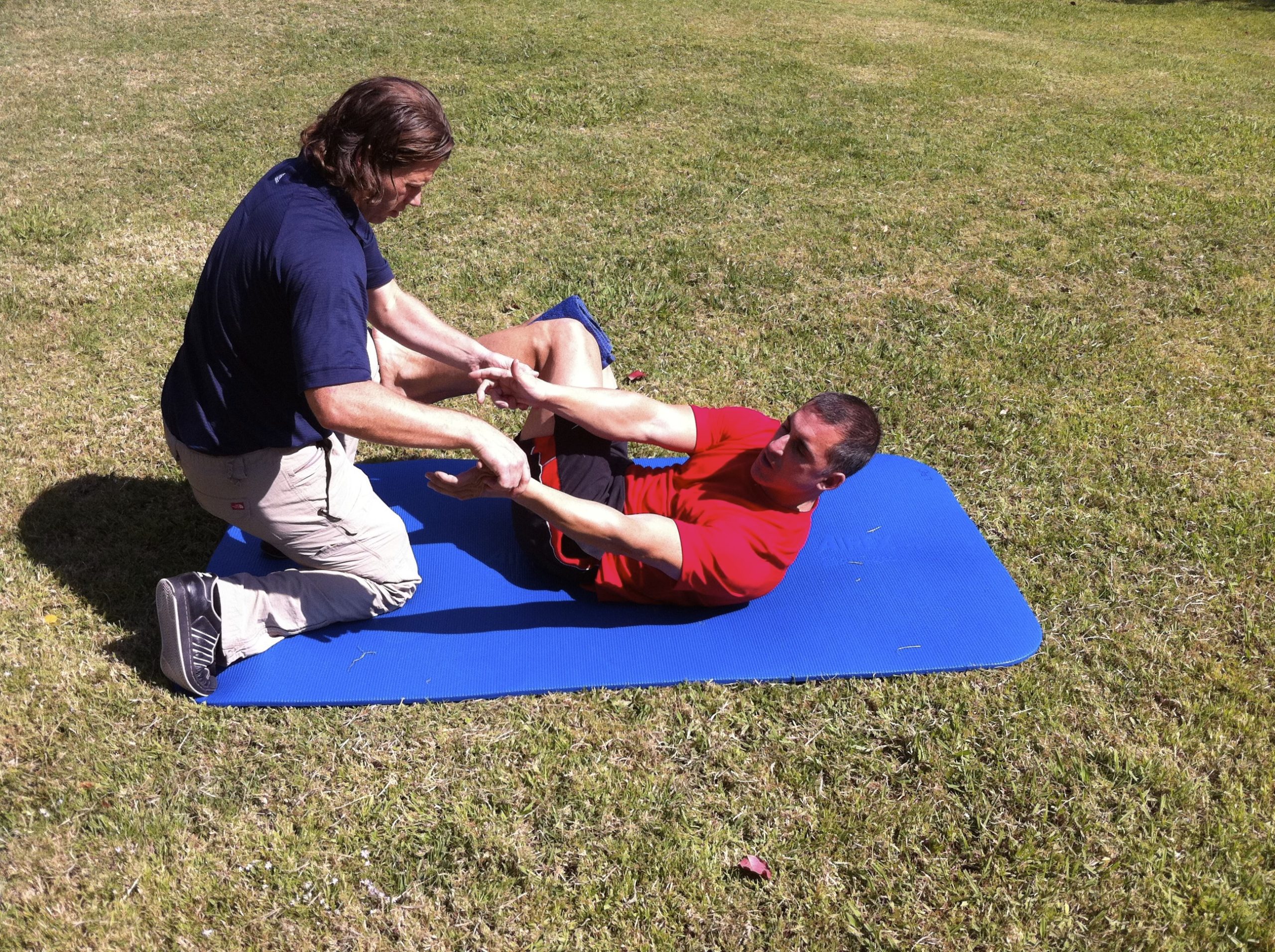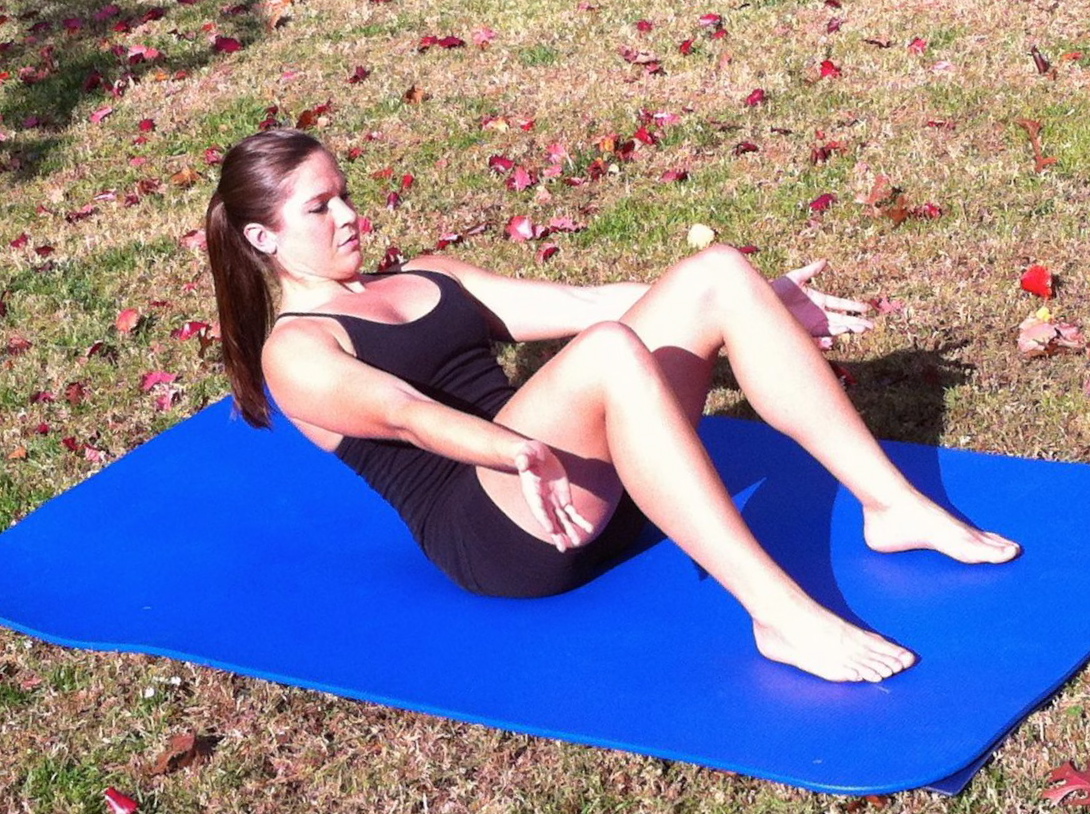This is a very unique class with detailed relational and fascial anatomy and relative biomechanics where students will start to learn proper mechanics, execution and application from the very beginning. The abdominals (obliques, transverse, pyramidals and rectus abdominus) and the thoracic diaphragm need to be properly trained. These muscles are not only functional but aesthetic
Over 100 exercises and its variations that can be used regularly in strength & conditioning as well as in the filed of rehabilitation, especially for the spine, lumbo-pelvis dysfunction, abdominal wall separations, hernias and digestive disorders.


- Technical analysis of the movements which are the basis of muscle strengthening
- Learning to perfect the movement (progression factors)
- How to avoid injury with the appropriate preparation
- Types of cool-downs for better recovery
- Dietary factors
- Quality effort in terms of strength, volume, power, speed, resistance, endurance and fitness maintenance
- Planning training sessions
- Multiple strengthening methods
- Muscular re-education programs
- Sports preparation programs
Pre-Course Study Questions
- In a few lines, discuss the attachments and functions of the following muscles:
- transverse abdominus
- internal oblique
- external oblique
- rectus abdominus
- Name the two large cavities of the trunk.
- What is the primary muscle of respiration?
- Discuss, in five lines, how the abdominal muscles and the diaphragm muscles are involved in breathing.
- Name the two lateral muscles of the trunk.
- Discuss the fiber direction of quadratus lumborum.
Reading Assignment:
Sport Specific Endurance Plank Test for Evaluation of Global Core Muscle Function
Use the following link to enroll in the On Demand video Theory portion of this course with Guy VOYER, DO:
On Demand Theory with Guy